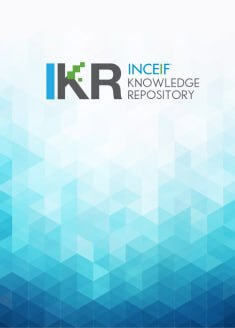Consumption patterns in Malaysia: reassessing the impact of COVID-19 moratorium on M40 households

Abstracts views
2
Views & Download
2
Date
2023
SDG:
Abstract
Although middle-income (M40) households are among the most significant contributors to Malaysian tax revenue, the group is non-eligible for most targeted assistance during the COVID-19. The study explores of the moratorium option chosen by the M40 households, examining whether it was utilized for savings or spending and the resulting changes in their expenditure. Specifically, the study aims to identify the purpose of opting for a moratorium among M40 households in the Klang Valley and determine the level of change in their spending. A stratified random sampling technique was used to administer an online survey comprising 384 respondents. The majority of M40 households used the loan moratorium payment for spending. The M40 significantly changed their spending pattern by increasing expenses on healthcare, food, housing, information and communication, and personal care. Summarily, the moratorium eased the financial burden of M40 households during the pandemic.
Keywords
Loan moratorium , M40 , Middle-class spending behavior
Citation
Shahimi, S., Md Zabri, M. Z., Musafar Hameed, L. B., & Mohd Abd Aziz, Z. N. A. (2023). Consumption patterns in Malaysia: Reassessing the impact of COVID-19 moratorium on M40 households. Malaysian Journal of Consumer and Family Economics, 31, 554-576.
Publisher
Malaysian Consumer and Family Economics Association (MACFEA)
DOI
License
Files

Consumption_patterns_in_Malaysia_Mohd Zaidi et al (1).pdf
Size: 458.23 KBFormat: pdf
Views: 0 Downloads: 2
